When 56% of student loan borrowers say they’d take a punch in the face from heavyweight boxing legend Mike Tyson and 40% would take one year off their life expectancy if it meant they’d be relieved of student debt, it probably means the public is under financial stress.
And that was before the coronavirus pandemic further complicated finances. Financial stress seems to be endemic: Three-quarters of American workers say they feel financial anxiety every day. The causes for this are numerous and varied, from insufficient savings (80%) and retirement funds (73%) to ballooning credit card balances (19%).
Financial anxiety doesn’t exist in a vacuum. There’s a tight link between financial, emotional, and physical health, and when an employee’s financial anxiety becomes overwhelming, it can affect the body and mind.
What’s more, that state of financial distress results in rising rates of presenteeism, absenteeism, and workplace accidents that can result when workers are distracted by financial worries. Consider that 43% of employees spend time working on their personal finances while at work.
As a result, many employers realize that a myopic focus on core benefits like health, dental, and vision shortchanges employees. Finding ways to integrate financial wellness into a holistic wellness strategy will be a competitive advantage, especially as many workers are emerging from the pandemic feeling financially scarred from the experience.





.jpg)



on%20a%20beautiful%20beach.jpg)











